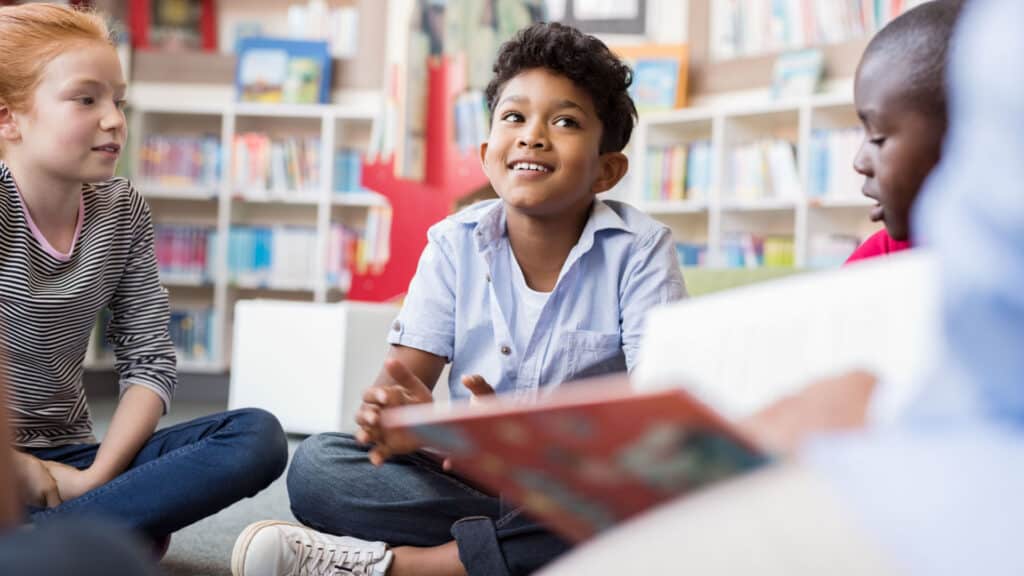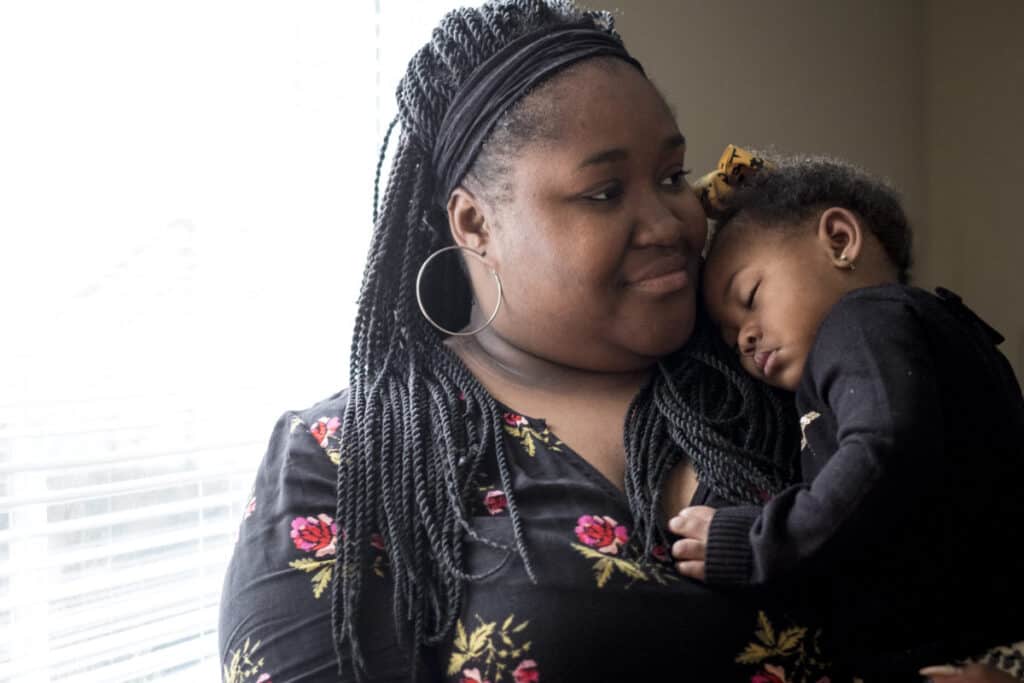Whether your child has just qualified for an IEP or you are about to update it, you may feel like you need a primer on what goes into it. Here are the IEP sections explained so you can be prepared for the team meeting.
Not there yet? Read more about the evaluation process.
Why do I need the IEP form explained?
The IEP forms in each state may look very different, and the sections may have different names. They all include legal language, formal academic language, and educational concepts that parents and caregivers may not know. And the more you understand, the better you can advocate for your child and be a full member of the team.
Every IEP must include certain pieces of information that are required by IDEA. Here is an overview of the required parts and what they mean. We’ve also included sections that are often in the IEP, even if not required.
It may help to look at your state’s IEP form before the first meeting so you have a sense of what it includes. Go to your state’s Department of Education website and search for “IEP form.” (Here’s a breakdown of the Louisiana form and the Massachusetts form)
Once your team drafts the IEP, make sure to review it before the IEP meeting! If you ask for a copy, the school is required to send it to you at least 2 days before the meeting.
Here are some examples of IEP forms:
- Federal Model IEP Form from IDEA (lists the minimum required sections)
- Massachusetts IEP Form (find it in 16 other languages)
- Louisiana IEP Form
General Student Information / Parent and/or Student concerns / Vision Statement
These are common sections, but not required. They may include:
- A list of the people on the IEP team
- Your child’s strengths, and your concerns and vision for them
- The evaluation results
- How your child’s disability impacts their progress in the general curriculum
- Their needs for extra support, including academic, developmental, functional, health-related, behavior-related, etc.
This is where your concerns and vision statement should be added.
Present Levels of Academic Achievement (or Educational Performance)
This includes:
- Which academic subjects are impacted by the disability
- How the disability impacts your child’s learning in the general education classroom
- For preschool children: how the disability affects their development and participation in daily activities
Annual Goals (may be called Instructional Plan)
- The team will identify a number of specific, measurable goals for what your child should achieve during the next year.
- They may be academic, behavioral, physical, or social/emotional goals.
- Each goal should have a series of benchmarks to show the progress toward the completed goal.
Description of the student’s progress
- How the school will measure your child’s progress
- When they will send progress reports
Special Education and Related Services (may be called Service Delivery)
- This describes the specialized teaching that your child will receive. Examples are working with learning specialists in or outside of the regular classroom.
- Related services are things like speech therapy, occupational therapy (OT) and other types of therapy.
Frequency, Location and Duration of Services
This may be shown in a chart called a service grid, and describes the schedule of special education and related services:
- How many times per week
- How many minutes per session
- Where the services with the specialist will take place (in the regular classroom, or in a separate room)
- The date the services will start
Placement
This may be part of the Special Ed or Service Delivery section, or it may be framed as how much of the time the student will be separate from non-disabled students.
This describes where the child will be spending the different parts of their day, and should be the Least Restrictive Environment (LRE) for your child. It’s usually best for kids to spend as much time with non-disabled peers as possible, and this is the basis for the LRE. (Read a blog about LRE.)
The student may be in a specialized classroom, a general education classroom, or a general ed classroom for most of the day with certain times in another room with a specialist.
This section can also specify that your child have recess, lunch, after-school activities or field trips with non-disabled peers, even if your child is in a specialized classroom for most of the day. (This is another way children can spend more time with non-disabled peers).
Sometimes, a child with very specialized needs may be placed out-of-district. This is usually a private specialized school that the school district pays for because it is the most appropriate place for the student. This might be a school for the Deaf, or a school for kids with significant intellectual disabilities.
Accommodations / Supplementary Aids and Services / Program Modifications and Supports
These terms overlap and may be used in different ways for each state or district. Here are the basics:
- Accommodations are adjustments to the classroom environment that help a child overcome the impact their disability has on learning. These may be a special seating placement, frequent breaks, or extra time for assignments and tests.
- Supplementary Aids and Services may include things like headphones to block out distractions, FM systems for hard-of-hearing students, visual supports like schedules and social stories, communication devices, or a one-to-one aide or para-professional to support your child throughout the day.
- “Program Modifications” is a broad term but may include parent training or extra staffing or supports for the teachers and classroom.
Transportation
Students on IEPs have a right to get a different kind of transportation if their disability prevents them from getting to school in the same way as other students, like riding the school bus. Any transportation supports should be written into the IEP.
Some kids may need an accessible van, or a monitor on the bus. A monitor is a person who sits with your child to help them stay calm and safe.
If the best choice is for you, the parent, to drive them, the school district may be able to reimburse you at a set rate for gas. Ask the team about these choices!
Schedule Modification or Extended School Year (ESY)
If a child on an IEP is at risk of regressing (losing skills) during the summer, they should be able to get services during the summer. This is called ESY or Extended School Year. Sometimes this may be in the form of a camp, paid for by the school district, that includes time and support to address the child’s goals.
Some kids may also need a shorter or longer school day for various reasons.
Transition Services or Transition Planning
Older students with IEPs should start planning early to help them make the transition to adult life. Their special ed services will stop when they graduate from high school, or when they turn 22, whichever comes first.
IDEA requires formal transition planning to start at age 16, but in some states it’s required at age 14. Earlier is better, even if it’s not required.
There is a Transition Planning Form, which is not technically part of the IEP, but it is usually attached. It will describe services and programs that the school can provide to help your child prepare for continuing their education, finding a job, or living as independently as possible.
Consent or Response Section
This is where you check if you accept the IEP, and sign it.
There are 3 options:
- Accept the draft IEP
- Reject the draft IEP
- Partially reject the draft IEP
You don’t have to sign it right away! You have options if you don’t agree with any part of the IEP.



